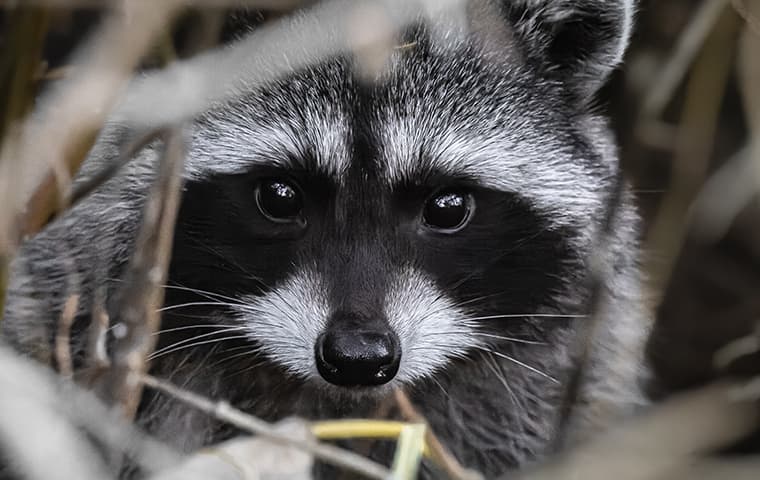Raccoons, those masked bandits of the night, have become an integral part of urban ecosystems across North America. While often viewed as pests due to their scavenging habits and propensity for rummaging through trash, raccoons play a crucial role in maintaining ecological balance within cities and suburbs. However, managing their populations requires a delicate balance between conservation efforts and control measures, such as those provided by companies like Capital Wildlife Control Raccoon removal.
Ecological Niche of Raccoons
Raccoons are highly adaptable creatures that have successfully colonized urban environments due to their opportunistic feeding habits and ability to thrive in a variety of habitats. In cities, they can be found nesting in attics, foraging in garbage bins, and even traversing sewer systems in search of food. Despite their urban exploits, raccoons remain omnivores, consuming a diet that includes insects, fruits, vegetables, small mammals, and even the occasional bird or egg.
Conservation Importance
Despite their status as urban nuisances, raccoons play a vital role in urban ecosystems. They help control insect populations, particularly pests like beetles and cockroaches, which can be detrimental to human health and property. Additionally, raccoons act as seed dispersers, aiding in the propagation of plant species within urban green spaces. Their presence also serves as an indicator of ecosystem health, as their adaptability reflects the overall resilience of urban wildlife populations.
Challenges of Coexistence
While raccoons provide ecological benefits, their proximity to human populations can lead to conflicts. Instances of property damage, transmission of diseases such as rabies, and encounters with domestic pets are common concerns associated with urban raccoon populations. In response, many municipalities and homeowners turn to wildlife control services like Capital Wildlife Control Raccoon removal to mitigate these issues.
Balancing Conservation and Control
Effective management of urban raccoon populations requires a multifaceted approach that prioritizes both conservation and control efforts. Conservation strategies may include habitat preservation, public education on coexistence practices, and promoting responsible waste management to reduce attractants. However, in cases where raccoon populations pose significant risks to human health and safety or cause extensive property damage, targeted removal and relocation may be necessary.
Conclusion
Raccoons are fascinating creatures that have successfully adapted to urban environments, playing important ecological roles despite their reputation as pests. Achieving a harmonious balance between conservation and control is essential for promoting coexistence between humans and raccoons in urban settings. By implementing thoughtful management strategies, such as those provided by companies like Capital Wildlife Control Raccoon removal, we can ensure the preservation of both urban wildlife and human well-being.


